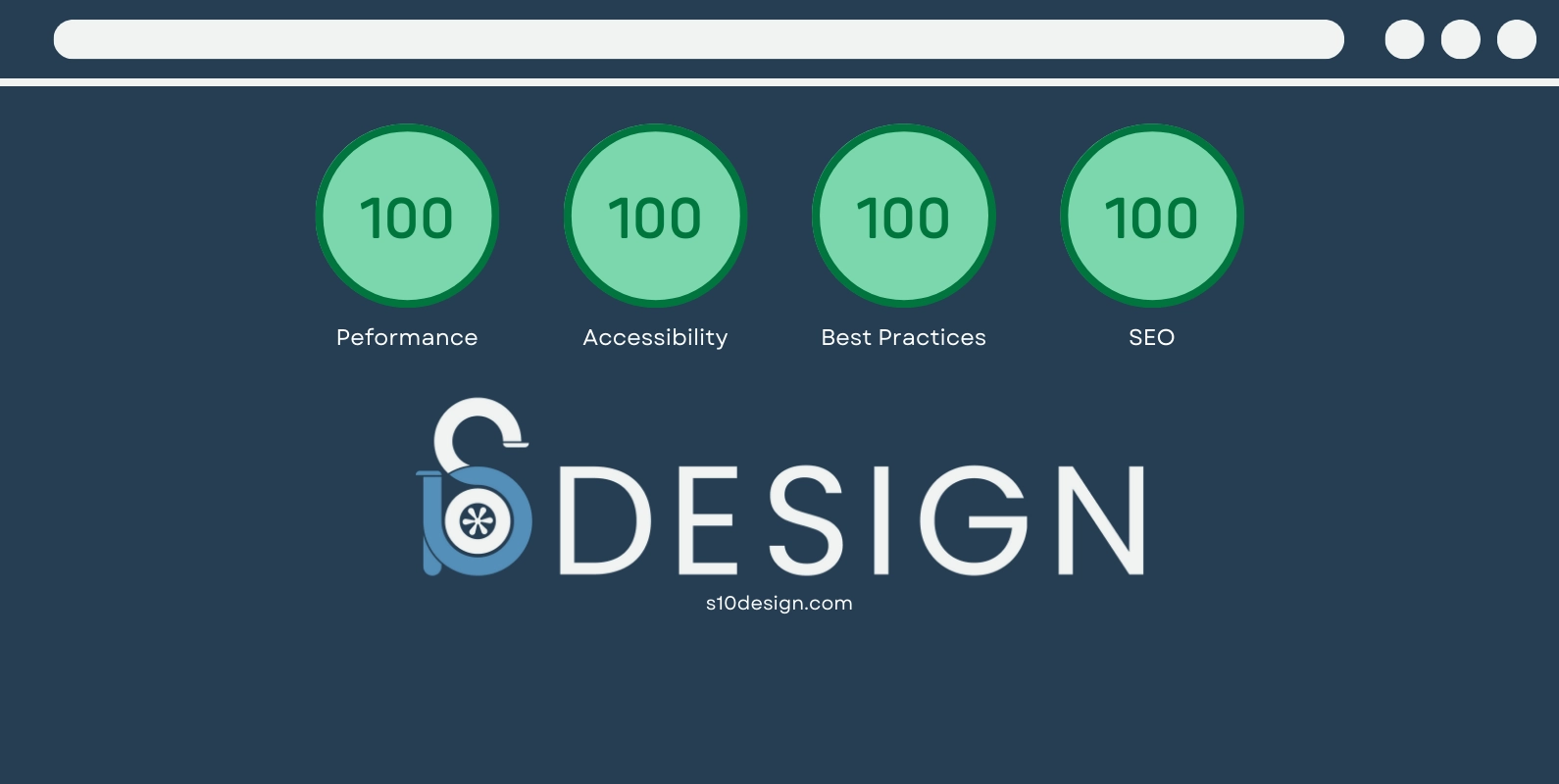
The Essentials of Responsive Web Design
Introduction to Responsive Web Design: Navigating the Digital Revolution
In an era where digital presence is non-negotiable for businesses and individuals alike, responsive web design emerges as the cornerstone of success. The digital landscape has undergone a profound transformation, propelled by the relentless proliferation of mobile devices.
Mobile devices have transcended their initial role as mere gadgets; they've become an extension of our lives, altering the digital ecosystem and reshaping how we access information. Today, a substantial portion of web users navigates websites through the compact screens of smartphones and tablets. Responsive web design empowers websites to respond and adapt to the user's device, providing an optimal viewing experience.
Design Principles for Responsiveness: Crafting Digital Masterpieces
Responsive web design is far more than a singular technique; it's an intricate tapestry of design principles and practices. At its core lie fluid grids and flexible layouts that adapt to varying screen sizes. Media queries dynamically adjust layout and content based on specific screen characteristics. The mobile-first approach prioritizes mobile design for efficient loading times.
Building Responsive Layouts: Where Art Meets Technology
Responsive design focuses on constructing layouts that streamline the user's journey on smaller screens. It involves understanding progressive enhancement, graceful degradation, and flexible layouts using relative units. Advanced techniques like CSS Flexbox and CSS Grid offer versatility.
Crafting Content Brilliance for Every Screen
Responsive web design delivers tailored content effectively. This section explores media queries, breakpoints, device-agnostic vs. device-specific approaches, testing, and optimizing media queries. Solutions for responsive images and media are presented.
Elevating User Delight
Enhancing the user experience is pivotal in responsive web design. Topics include crafting mobile-friendly navigation menus, touch-friendly design, typography and readability considerations, cross-browser and cross-device testing, debugging, performance optimization, and emerging trends in responsive design.
Conclusion
Responsive web design is an art form blending technology and creativity. Success lies in putting the user first, ensuring seamless adaptation to the digital landscape, and staying attuned to evolving web trends.



